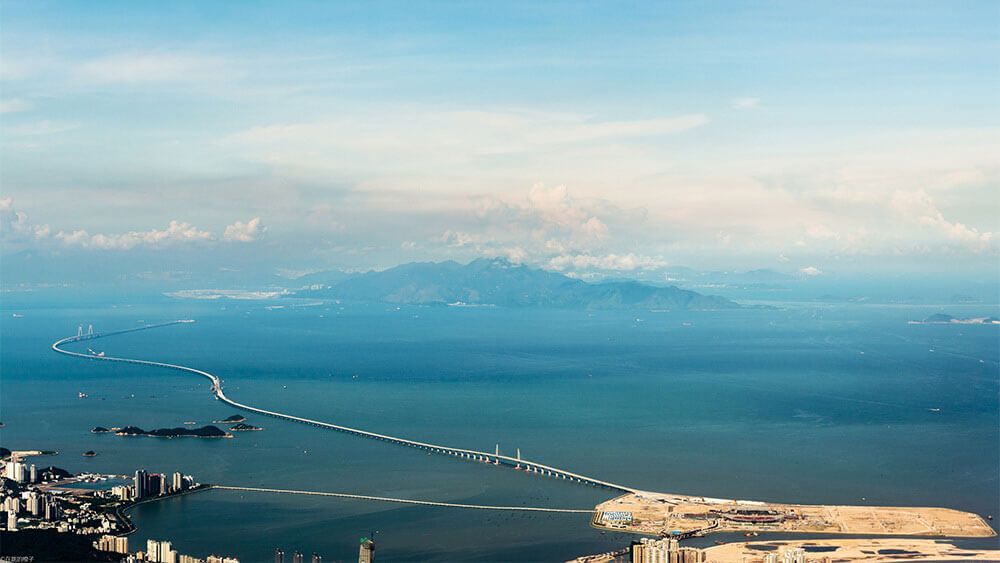
The Hong Kong-Zhuhai-Macao Bridge is the world’s longest sea-crossing bridge, spanning 55 kilometres across the Pearl River estuary.
Author: Dwirt Ang
The Greater Bay Area (GBA) forms part of China’s Belt and Road Initiative and promises an economic boon — but this new city cluster will also provide new opportunities for multi-city meetings.
In a recent report, KPMG described the area as “a national development strategy to economically and socially integrate the nine cities in Guangdong province, as well as the Special Administrative Regions of Hong Kong and Macao, to create a world-class city cluster rivalling the world’s leading bay areas in San Francisco, New York, and Tokyo.”

Dwirt Ang
This area is where, according to KPMG, a population of 69 million produces a gross domestic product (GDP) of US$1.53 trillion (slightly larger than Australia’s GDP, and on par with Russia’s) and where marquee infrastructure projects like the Hong Kong-Zhuhai-Macao Bridge, the longest sea crossing bridge and fixed link on the planet, push the bounds of what is possible.
Improved connectivity also comes by way of the new 26-kilometre express rail link between Kowloon and Shenzhen, which has cut the travel time from an hour to about 15 minutes (and links to seamless connection to China beyond).
The area’s potential as a world-class business and tourism precinct is expected to create more attractions, and more incentives to stay and play. Visitors could fly in to either Hong Kong or Shenzhen airports, and be within a one-hour commute of 11 key cities in the Pearl River Delta, according to a report by real estate services firm Cushman & Wakefield.
Investment in tourism megaprojects will see the construction of new hotels, entertainment hubs, shopping arcades, and theme parks, as well as dedicated meeting venues such as the Shenzhen World Exhibition and Convention Centre, which is to open later this year as the world’s largest exhibition venue.
Historically, Hong Kong has had a strong MICE industry, but space here is limited. The GBA addresses
Related: How China’s New Bridge Will Boost Business Events
that, opening up options like Shenzhen, Guangzhou, and Macao, so event organisers can deploy professionals from Hong Kong who can use the space on the mainland or Macao to hold large events.
Alternatively, organisers can host meetings in Hong Kong, followed by a day trip to Shenzhen’s famed shopping destinations, or incentive rewards in Macao’s luxurious integrated resorts.
Amid the constant search for “new destinations,” we see multi-city itineraries as the future of meetings and incentive travel and the GBA seems ripe for the picking.
Dwirt Ang is business development manager at Pacific World Hong Kong.
